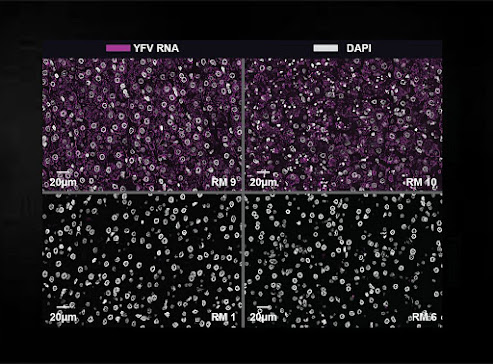A new study shows how a drug made from a natural compound used in traditional Chinese medicine works against malignant brain tumors in mice, creating a promising avenue of research for glioblastoma treatment.
In the study, published in Cell Reports Medicine, researchers showed how a formulation of the compound, called indirubin, improved the survival of mice with malignant brain tumors. They also tested a new formulation that was easier to administer, taking the potential pharmaceutical approach one step closer to clinical trials with human participants.
“The interesting thing about this drug is that it targets a number of important hallmarks of the disease,” said Sean Lawler, lead author, associate professor of pathology and laboratory medicine, and researcher at the Legorreta Cancer Center of Brown University. “That's appealing because this type of cancer keeps finding ways around individual mechanisms of attack. So, if we use multiple mechanisms of attack at once, perhaps that will be more successful.”








.jpg)











.jpg)




.jpg)

